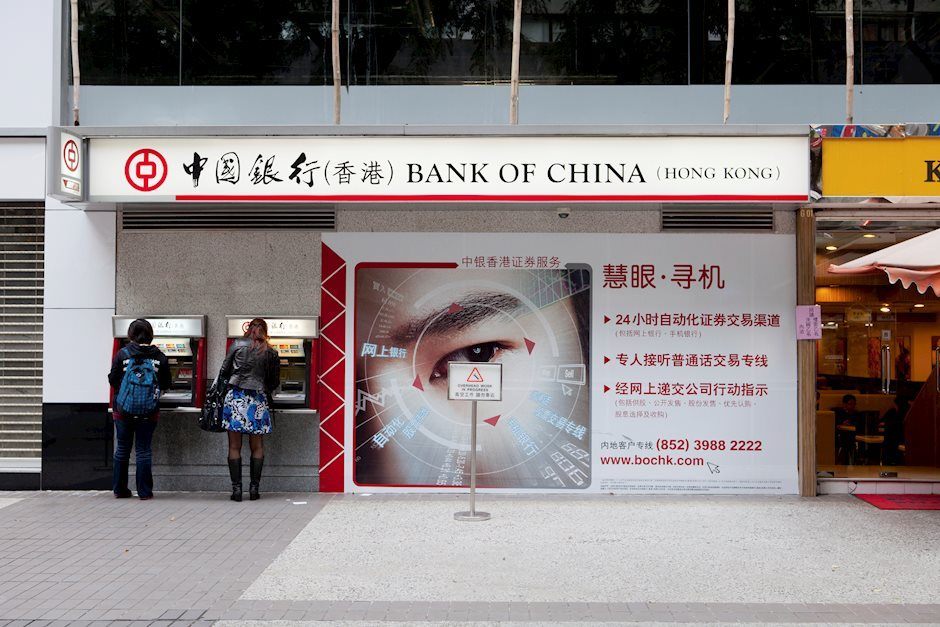Soft Chinese inflation boosts dovish PBoC bets

The faster than expected jump in US initial jobless claims threw some cold water on the heated hawkish Federal Reserve (Fed) pricing yesterday. Initial jobless claims rose 261K last week, versus around 233K expected by analysts. That was the highest level since October 2021. But continuing claims fell, making yesterday’s data look less convincing about the tightening conditions in the US jobs market. On a side note, US companies announced more layoffs in the first 5 months of this year than in all of last year. And boy, we need the US jobs market to give up some strength so that the Fed could stop hiking the rates, otherwise, the major central banks will continue hiking pitilessly and that means chaos for the world economy in the coming months.
This is what the widening spread between the US 2 and 10-year yield tells us since a year now. The 2-10-year proportion of the US yield curve inversed sometime in June last year and since then it is inverted. But I guess equity traders had time to get used to the inverted curve, and simply ignore it. Because yesterday’s bad news – on the initial jobless claims – boosted appetite in US stocks. The S&P500 flirted with the 4300 mark, again, and the index is up by more than 20% since the last October dip, meaning that the S&P500 stocks stepped into the bull market regardless of the tightening Fed, rising yields, and the inverted yield curve.
The US dollar fell yesterday, as the jump in US initial jobless claims scaled the hawkish Fed expectations slightly back after two shock rate hikes from the Reserve Bank of Australia (RBA) and the Bank of Canada (BoC) had fueled them throughout the week and panicked the bulls who were hesitant to continue buying stocks at the current levels.
The softness of the US dollar, and the rally in the EURUSD to almost 1.0790 masked the sad growth figures revealed in the euro area yesterday, according to which the eurozone economy contracted by 0.1% in Q1, following a 0.1% contraction in Q1 of last year as well. That’s not a major contraction, and growth is expected to have resumed this quarter, meaning that yesterday’s morose GDP update will unlikely change the European Central Bank’s (ECB) mind regarding the next rate hikes in the eurozone.
But note that the rising eurozone yields will fall at around the same time as the biggest TLTRO maturing by the end of June, with, on top, the possibility of additional voluntary early repayments on TLTROs maturing in Dec 2023 and Mar 2024. Therefore, besides higher rates, the eurozone will suffer a cumulative negative liquidity impact of up to €625 billion during this quarter. And the ECB is currently not considering extending the terms of TLTRO loans. On the contrary, they are leaned to further wind down their balance sheet.
While the latter is positive for the euro – and you may have noticed that I am bullish on euro, the European stock markets will likely feel the pinch of lower ECB liquidity. The Stoxx 600 index has lost a bit of steam since May but remains at the highest levels since last April, so there is potential, in the mid run, for a downside correction toward the 435-440 area, which includes the major 38.2% Fibonacci retracement on October to May rally and the 200-DMA respectively. The impact of slowing Chinese demand is also a part of the factors that drive my conclusion toward softer European equities by the end of Q2. And even though a stronger euro helped the European stocks gain value over the past months, we could see the positive relationship between the euro and the European stocks soften. And before I forget, I keep my medium term EURUSD target unchanged at 1.12.
CBRT replaces its puppet banker
The Turkish lira was steady yesterday as Turkey continued burning its dollars to calm down the market’s nerves, but the USDTRY is pushing higher this morning again. On the wire, news that the Turkish central bank’s puppet banker is replaced by Ms. Hafize Gaye Erkan, who will likely return the bank toward a more conventional monetary policy. The latter will require higher interest rates, waning FX interventions, which will first lead to a further lira depreciation to catch up a year-and-a-half coma – an expensive coma – then hopefully stabilize the FX pricing at a market-determined level so that Turkey could again have a monetary policy. Until then, we will likely see waves of selloff as Turkish banks relax FX purchases. I am telling you, the lira will be shaken this summer, and inflation will likely top again.
Subdued Chinese inflation calls for RRR and interest rate cuts
In China, the consumer prices rose slightly from the 26-month low of 0.1% to 0.2% YEAR-ON-YEAR! Producer prices fell 4.6% in May due to weakening demand and falling commodity prices. It was the 8th straight month of producer price deflation, worse than 4.3% expected analyst, much worse than 3.6% drop printed a month earlier.
The ultra-soft Chinese inflation numbers further fueled expectations that the People’s Bank of China (PBoC) will cut the RRR and interest rates sometime this summer. And note that yesterday already, six state-run banks cut deposit rates, setting the stage for broader rate cuts to come.
The combination of European recession, and subdued Chinese inflation figures got oil bears to sell the tops since yesterday. The price of a barrel of American crude tipped a toe below the $69, and risks remain tilted to the downside.
Author

Ipek Ozkardeskaya
Swissquote Bank Ltd
Ipek Ozkardeskaya began her financial career in 2010 in the structured products desk of the Swiss Banque Cantonale Vaudoise. She worked in HSBC Private Bank in Geneva in relation to high and ultra-high-net-worth clients.

















